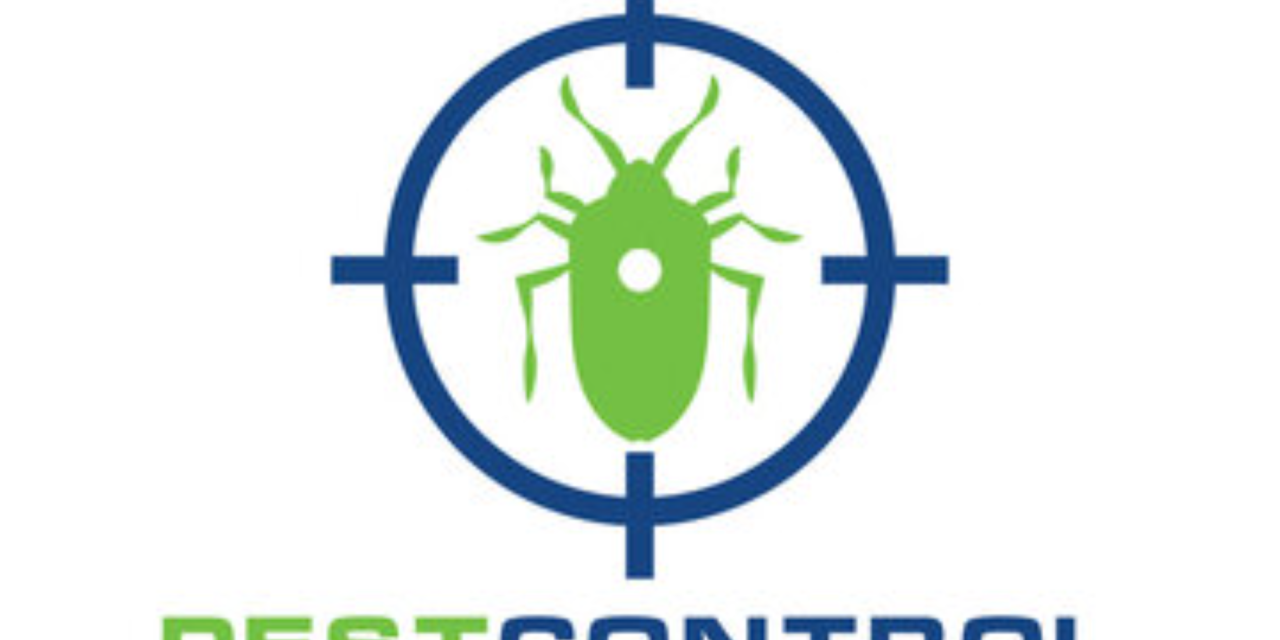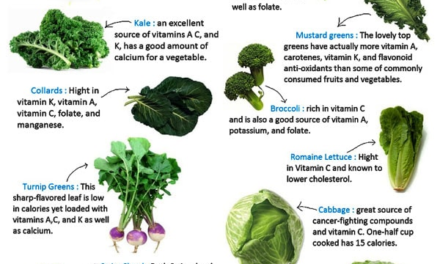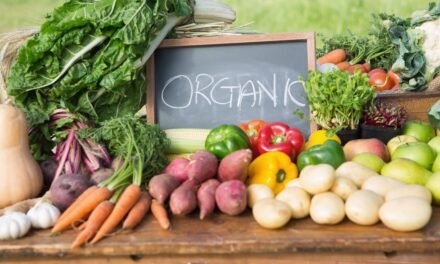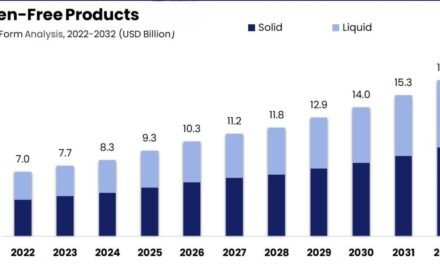Farmers can optimize pest control without harming the environment by adopting Integrated Pest Management (IPM) practices, focusing on biological, cultural, mechanical, and chemical methods that are sustainable and eco-friendly. The goal is to manage pest populations effectively while minimizing risks to the environment, human health, and beneficial organisms.
Here’s how farmers can achieve this:
1. Integrated Pest Management (IPM) Framework
IPM is a holistic approach that combines multiple strategies to manage pests sustainably:
- Prevention: Minimize conditions that favor pests.
- Monitoring: Regularly observe pest levels to identify infestations early.
- Threshold Levels: Act only when pest populations reach economic damage thresholds.
- Targeted Control: Use precise methods to address specific pests.
2. Biological Control
- What It Is:
- Using natural predators, parasites, or pathogens to control pest populations.
- Examples:
- Introducing ladybugs to control aphids.
- Releasing parasitoid wasps to manage caterpillars or whiteflies.
- Using Bacillus thuringiensis (Bt), a bacterium that targets caterpillars.
- Benefits:
- Reduces reliance on chemical pesticides.
- Preserves beneficial insects and pollinators.
- Environmentally sustainable and self-regulating.
3. Cultural Practices
- What It Is:
- Modifying farming practices to create unfavorable conditions for pests.
- Techniques:
- Crop Rotation: Breaks pest life cycles by alternating crops.
- Intercropping: Planting diverse crops together to confuse pests.
- Sanitation: Removing crop residues and weeds that harbor pests.
- Timing Planting: Adjusting planting schedules to avoid peak pest activity.
- Benefits:
- Reduces pest habitat and food sources.
- Enhances soil health and overall biodiversity.
4. Mechanical and Physical Control
- What It Is:
- Using tools and physical barriers to manage pests.
- Examples:
- Hand Picking: Removing pests like caterpillars and beetles manually.
- Traps: Using pheromone traps, sticky traps, or light traps to capture pests.
- Barriers: Installing nets, row covers, or fences to exclude pests.
- Mulching: Suppressing weeds that harbor pests.
- Benefits:
- Minimizes chemical use.
- Provides immediate results for localized infestations.
5. Use of Resistant Varieties
- What It Is:
- Planting pest-resistant or pest-tolerant crop varieties.
- Examples:
- Growing brassicas resistant to cabbage worms.
- Selecting tomato varieties bred for resistance to nematodes or blight.
- Benefits:
- Reduces pest pressure naturally.
- Requires minimal intervention, saving time and resources.
6. Precision Application of Biopesticides
- What It Is:
- Using natural or bio-based pesticides derived from plants, microbes, or minerals.
- Examples:
- Neem oil for aphids, whiteflies, and mites.
- Pyrethrum derived from chrysanthemum flowers.
- Spinosad, a naturally occurring soil bacterium-based pesticide.
- Benefits:
- Targets specific pests with minimal harm to beneficial organisms.
- Degrades quickly, reducing environmental contamination.
7. Habitat Management for Beneficial Insects
- What It Is:
- Enhancing biodiversity to attract natural pest predators.
- Techniques:
- Planting hedgerows, wildflower strips, or insectary plants to provide habitats for ladybugs, lacewings, and hoverflies.
- Maintaining cover crops to support predator populations.
- Benefits:
- Strengthens natural pest control systems.
- Increases farm resilience and biodiversity.
8. Minimal and Targeted Use of Chemical Pesticides
- What It Is:
- When necessary, using chemical pesticides in a limited and targeted manner to avoid overuse.
- Best Practices:
- Apply pesticides only at the economic threshold level.
- Use spot treatments instead of broad-spectrum spraying.
- Select environmentally friendly or low-toxicity pesticides.
- Benefits:
- Reduces the risk of pesticide resistance in pests.
- Minimizes chemical exposure to non-target organisms.
9. Water and Irrigation Management
- What It Is:
- Controlling water use to reduce conditions that favor pests.
- Techniques:
- Avoid overwatering, which can create damp conditions for pests like fungal gnats or root rot pathogens.
- Use drip irrigation to deliver water directly to roots, minimizing wet foliage.
- Benefits:
- Reduces fungal and waterborne pest infestations.
- Improves water efficiency and plant health.
10. Use of Technology and Data
- What It Is:
- Leveraging technology to monitor and manage pests more effectively.
- Examples:
- IoT-based sensors to monitor pest activity and environmental conditions.
- Drones for precision application of biopesticides or monitoring crop health.
- AI-driven pest identification apps to guide intervention strategies.
- Benefits:
- Improves precision, reduces waste, and ensures timely interventions.
- Minimizes the environmental footprint of pest control practices.
11. Avoid Monoculture
- What It Is:
- Cultivating a variety of crops instead of a single crop over a large area.
- Benefits:
- Reduces the spread of pests and diseases specific to one crop.
- Supports ecological balance and natural pest suppression.
12. Soil Health Management
- What It Is:
- Maintaining healthy soil to improve plant resistance to pests.
- Practices:
- Adding organic matter to enhance soil fertility and structure.
- Encouraging beneficial soil microbes that suppress pests like nematodes.
- Benefits:
- Healthy plants are more resistant to pest attacks.
- Reduces reliance on external inputs like fertilizers and pesticides.
13. Educating and Training Farmers
- What It Is:
- Providing farmers with knowledge about eco-friendly pest management techniques.
- Methods:
- Training workshops, field demonstrations, or digital resources.
- Benefits:
- Empowers farmers to adopt sustainable practices and reduce environmental harm.
14. Crop Rotation and Diversification
- What It Is:
- Alternating crops each season to disrupt pest life cycles and reduce soil-borne diseases.
- Examples:
- Rotating leafy greens with legumes or root crops to reduce nematode pressure.
- Benefits:
- Improves soil fertility and reduces pest infestations naturally.
15. Sustainable Certifications and Practices
- What It Is:
- Adopting certified organic or eco-friendly pest management systems.
- Examples:
- Implementing practices that align with organic farming standards (e.g., USDA Organic, EU Organic).
- Benefits:
- Enhances market value and consumer trust while protecting the environment.
Conclusion
Farmers can optimize pest control without harming the environment by using integrated and sustainable approaches. By focusing on prevention, biological controls, and targeted interventions, farmers can effectively manage pests while safeguarding biodiversity, soil health, and water resources. These practices not only ensure long-term productivity but also align with the increasing demand for eco-friendly and sustainable agriculture.
Hashtags
#SustainableFarming #NaturalPestControl #GreenAgriculture #EnvironmentallyFriendly #SustainableSolutions #PesticideFree #SustainablePestManagement #HealthyHarvest #SustainableLiving #EcoFarm #SustainableGardening #SustainableFood #EcoPestControl #SustainableGrowth #SustainableLandManagement #EcoFriendlySolutions #SustainablePesticides #SustainableCrops #EcoFarmers #SustainablePestPrevention









